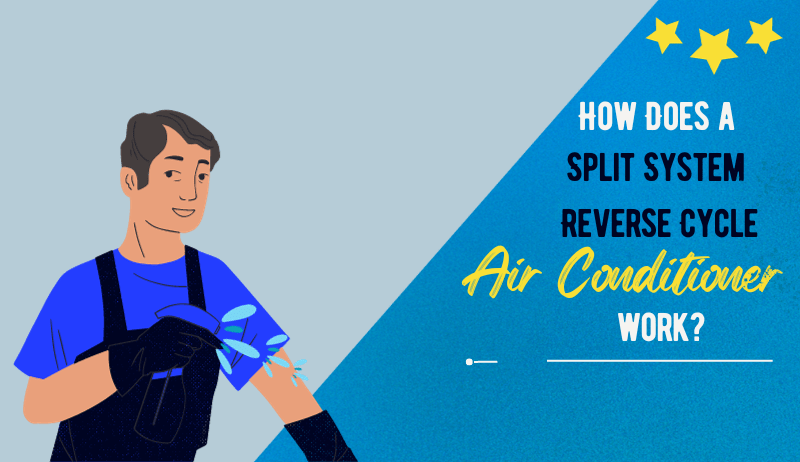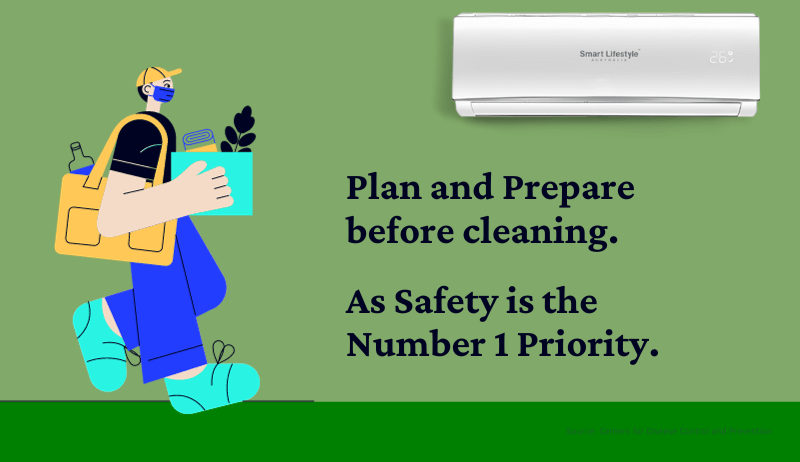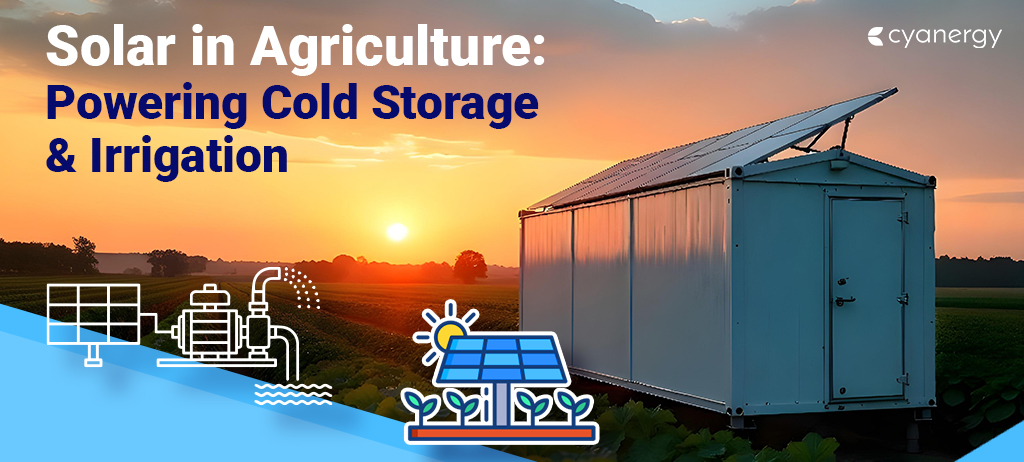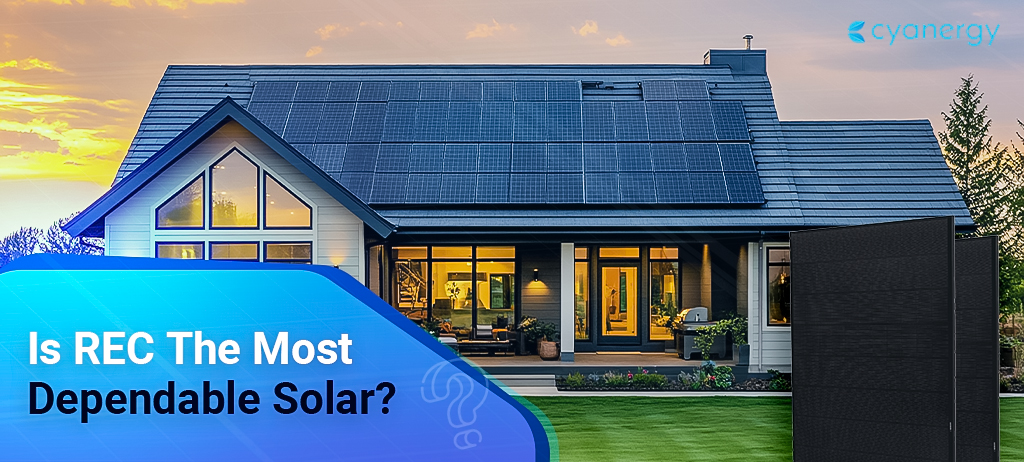How Does a Split System Reverse Cycle Air Conditioner Work
A split system reverse cycle air conditioner works by utilizing a refrigeration cycle to transfer heat from one space to another. Here’s a simplified explanation of the process:
Indoor Unit (Evaporator)
The indoor unit contains the evaporator coil, which is responsible for absorbing heat from the indoor air. It also houses a fan that circulates the indoor air over the coil.
Outdoor Unit (Condenser)
The outdoor unit contains the condenser coil, which is responsible for releasing the absorbed heat to the outdoor air. It also houses a fan that blows air over the coil.
Refrigerant Circulation
A special refrigerant circulates through the system. This refrigerant has the ability to absorb and release heat efficiently. (Fun fact: R32 refrigerants are known to be more efficient and offers 30% less global warming potential than R410. SLA Aircons are such units to use R32)

Cooling Mode
During cooling mode, the indoor unit’s evaporator coil absorbs heat from the indoor air. The warm air is then blown over the cold coil, cooling it down. The cooled air is then circulated back into the room.
Reversing Valve
In a reverse cycle air conditioner, there is a component called the reversing valve. This valve is responsible for reversing the flow of the refrigerant.
Heating Mode
When you switch the system to heating mode, the reversing valve changes the flow of the refrigerant. Now, the outdoor unit’s condenser coil absorbs heat from the outdoor air (even in cold temperatures) and releases it into the indoor air through the indoor unit’s evaporator coil.
Distribution of Heated Air
The warmed air is then distributed throughout the indoor space, providing comfortable heating.
Thermostat Control
The thermostat controls the temperature setting. When the desired temperature is reached, the system cycles on and off to maintain that temperature.
It’s important to note that reverse cycle air conditioners are highly efficient because they use the same components for both cooling and heating. They simply reverse the flow of refrigerant to achieve the desired effect.
By effectively transferring heat, reverse cycle air conditioners can provide both cooling in the summer and heating in the winter, making them a versatile and energy-efficient choice for climate control.

Step-by-step Guide to Clean Your Aircon
Disclaimer: Professional help is recommended. This guide is for confident DIYers needing immediate assistance. Consult the manufacturer’s instructions for optimal results. Cyanergy is not liable for any accidents or mishaps.
Materials Needed
- Screwdriver
- Vacuum cleaner with brush attachment
- Fin comb or brush
- Clean cloth or microfiber towel
- Water hose with a spray nozzle
- Mild detergent or specialized coil cleaner
- Gloves and safety goggles
Step 1: Turn Off the Power
Step 2: Remove the Air Filter
Step 3: Clean the Indoor Unit
- Remove the Front Cover:
- Gently remove the front cover of the indoor unit. This may involve undoing screws or clips, so be sure to use a screwdriver if needed.
- Clean the Fins and Coils:
- Use the brush attachment on your vacuum cleaner to remove dust and debris from the fins and coils. Be gentle to avoid bending the fins.
- For stubborn dirt, mix a mild detergent with water and use a brush to clean the fins and coils. Rinse with clean water and allow to dry completely.
- Inspect and Clean the Drainage System:
- Check the drain pan for any standing water or debris. If present, use a cloth to soak up the water and clean the pan.
- Inspect the condensate drain for clogs. Use a mixture of water and mild detergent to clean it. Ensure the drainpipe is free of obstructions to prevent water backup.
- Straighten Bent Fins:
- Use a fin comb or a brush to straighten any bent fins. This helps maintain proper airflow.
Step 4: Clean the Outdoor Unit
- Remove Debris:
- Inspect the exterior unit for any visible debris such as leaves, grass, or twigs. Use a screwdriver or a brush to carefully remove them.
- Clean the Condenser Coils:
- Spray the coils with a water hose to remove any dirt or debris. If there is stubborn grime, you can use a coil cleaner following the manufacturer’s instructions. Allow the coils to dry completely before proceeding.
Step 5: Inspect and Tighten Electrical Connections
Step 6: Reassemble and Restore Power
Put everything back in place, including the air filter. Reconnect the power to the AC unit and switch the breaker back on.
By following these steps, you’ll ensure that your reverse cycle split system air conditioner runs efficiently and provides optimal cooling and heating performance. Remember to perform these tasks at least once a year or as recommended by the manufacturer. If you’re unsure about any specific cleaning procedure, consult a professional HVAC technician for guidance.

Safety is The Number One Priority
Here’s a list of safety precautions for cleaning your air conditioner:
- Power Off: Always switch off the power to the unit before starting.
- Protective Gear: Wear gloves and safety goggles for added safety.
- Stable Platform: Use a secure ladder or platform when working at height.
- Avoid Overexertion: Get help for heavy lifting or moving parts.
- Handle Chemicals Carefully: Follow instructions for cleaning solutions and ensure proper ventilation.
- Refrigerant Safety: If handling refrigerants, ensure you’re certified or consult a professional.
- Mind the Fins: Be gentle with delicate fins; use proper tools for straightening.
- Watch for Sharp Edges: Handle components with care to avoid cuts.
- Beware of Moving Parts: Ensure power is off before handling any moving components.
- Secure Tools: Keep tools and equipment organized and stored to prevent hazards.
- Caution Around Water: Be mindful of water near electrical parts.
- Seek Professional Help: If unsure, consult a certified HVAC technician for assistance. Your safety is paramount!
Congratulations!
You’ve successfully cleaned your air conditioner, taking a vital step towards ensuring optimal performance and air quality. Regular air conditioning maintenance like this goes a long way in keeping your indoor environment comfortable and healthy. Remember to schedule routine checks and cleanings, ideally every 1 to 3 months, or as recommended by the manufacturer. By giving your air conditioner the attention, it deserves, you’re not only extending its lifespan but also enjoying the benefits of a more efficient and cost-effective cooling system.
Breathe easy and enjoy the cool, fresh air!







